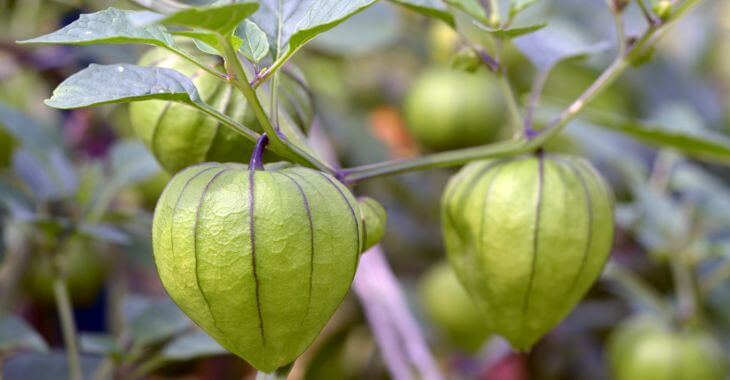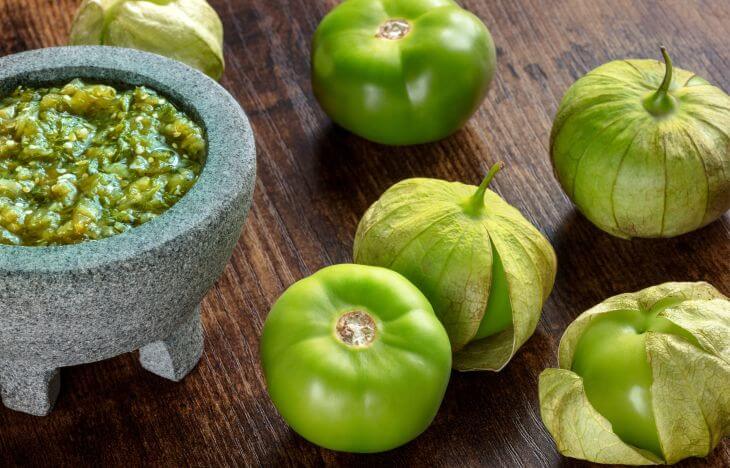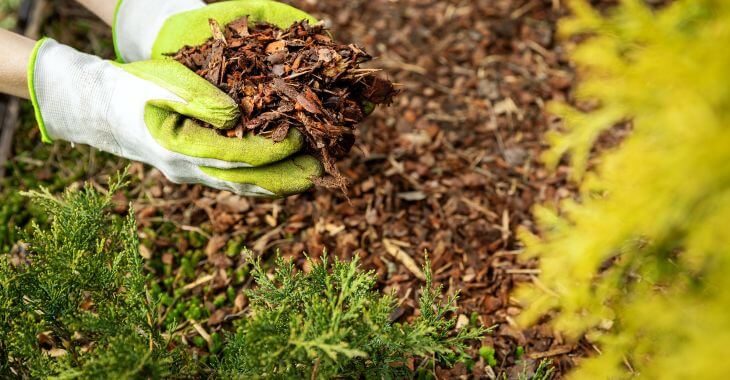The Best Tomatillo Companion Plants: Enhance Growth and Yield

Tomatillos, the vibrant green husk tomatoes, are a staple in many gardens, especially for those who love making salsas and Mexican dishes. Tomatillos thrive when grown with certain plants that can improve their growth, deter pests, and enhance soil health. They are referred to as tomatillo companion plants.
This article will explore the best companion plants for tomatillos and explain how each can benefit your garden.
What Are Companion Plants?
Companion planting is an age-old gardening technique where different plant species are grown close together for mutual benefit. The right companions can help improve nutrient uptake, provide pest control, and enhance crop yield. For tomatillos, several plants can serve as excellent companions.
Benefits of Companion Planting for Tomatillos
Before discussing specific companion plants, it is essential to understand the general benefits they provide for tomatillos:
- Pest Control: Certain plants repel pests that would otherwise harm tomatillos.
- Nutrient Enhancement: Some companions enrich the soil with nutrients that are beneficial for tomatillos.
- Pollination: Companion plants can attract pollinators, essential for tomatillo fruiting.
- Space Utilization: Proper companion planting can maximize garden space and yield.
Considering these many benefits, it is a worthwhile endeavor to plant companion plants for tomatillos to ensure the best yield and results.
Top Companion Plants for Tomatillo
There are many options when choosing tomatillo companion plants. Each has its own benefits for those who grow and harvest these plants with tomatillos. The following are some of the most commonly planted companion plants for tomatillos.
1. Basil
Benefits: Basil is known for its ability to repel pests like aphids, mosquitoes, and tomato hornworms. Its strong aroma acts as a natural deterrent for these insects, keeping your tomatillos safe.
How to Plant: Plant basil around the perimeter of your tomatillo plants or interspersed among them. Basil thrives in similar growing conditions, making it an ideal companion.
2. Marigold
Benefits: Marigolds are famous for their pest-repelling properties. They produce a substance called alpha-terthienyl, which helps control root-knot nematodes that can damage tomatillo roots. Additionally, their bright flowers attract pollinators.
How to Plant: Plant marigolds around the base of tomatillos or in between rows. They are easy to grow and can flourish in the same soil and sunlight conditions as tomatillos.
3. Nasturtium
Benefits: Nasturtiums are another excellent companion plant due to their ability to repel aphids, whiteflies, and other common pests. They also attract predatory insects that prey on these pests.
How to Plant: Sow nasturtium seeds near tomatillos. They can act as a living mulch, protecting the soil and suppressing weeds while adding a splash of color to your garden.
4. Borage
Benefits: Borage is known for its ability to attract pollinators like bees, which are crucial for tomatillo fruit production. It also helps improve soil health by adding trace minerals.
How to Plant: Plant borage near tomatillos, ensuring it has enough space to grow. Borage is a low-maintenance plant that can thrive in various conditions, making it a versatile companion.
5. Cilantro
Benefits: Cilantro is beneficial for attracting beneficial insects such as ladybugs and parasitic wasps, which can help control aphid populations. Its aromatic foliage also acts as a pest deterrent.
How to Plant: Interplant cilantro with tomatillos or use it as a border plant. It prefers cooler weather, so consider timing its planting to match the tomatillo growing season.
6. Carrots
Benefits: Carrots help break up the soil, improving aeration and water penetration for tomatillos. They also attract beneficial insects that prey on tomatillo pests.
How to Plant: Plant carrots in between rows of tomatillos or along the sides. Ensure they have enough space to grow without crowding the tomatillos.
Tips for Successful Companion Planting
It is not enough to just plant these companion plants in the same space as tomatillos. To make the most out of companion planting, keep these tips in mind:
- Proper Spacing: Ensure that plants are spaced adequately to avoid overcrowding, which can lead to competition for resources.
- Diverse Planting: Mix different companion plants to maximize benefits and create a balanced ecosystem.
- Monitor and Adjust: Regularly check your garden for signs of pest infestation or nutrient deficiencies and adjust your planting strategy accordingly.
- Seasonal Considerations: Some tomatillo companion plants are seasonal, so plan your planting schedule to match the growing seasons of your tomatillos and their companions.
Using companion plants for tomatillos is an effective way to enhance your garden’s health and productivity. By carefully selecting and planting basil, marigold, nasturtium, borage, cilantro and carrots alongside your tomatillos, you can enjoy a more bountiful harvest with fewer pest issues.

Embrace the principles of companion planting and watch your tomatillos thrive. By incorporating these companion plants, you will create a thriving garden ecosystem that supports your tomatillos and other plants, leading to a more productive and enjoyable gardening experience.

